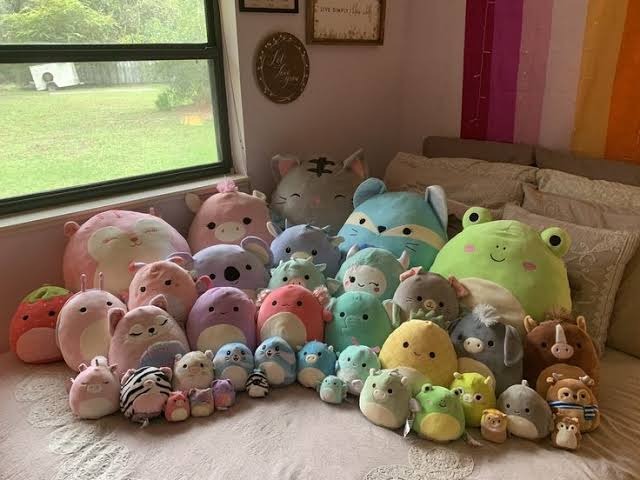How To Grow Your Stuffed Animal Business
Stuffed animals may seem like a recent invention for kids. However, history goes back a long way. Cute stuffed animals came into being around 1903 in the United States. The first stuffed animal originated in the form of a teddy bear. Though, stuffed animals were originally made for kids; and still, a huge chunk of stuffed animals are bought by new parents. Nonetheless, some adults also have stuffed animals around their bedside to have a better sleep.
Since stuffed animals sell so much that many people have started their stuffed animal businesses to earn big bucks. However, not all of them can excel in their business. The main reason for that is the lack of quality. No matter what the product, quality has always been the key element of a product.
Now, the question is how to improve the quality of stuffed animals. The solution is quite simple. The use of good fabrics helps improve the quality of stuffed animals. In this article, we will be talking about the most famous fabrics that improve the quality of stuffed animals. Moreover, we’ll also have a look at the best-selling stuffed toys.
Best Seller in Stuffed Toys of All-time
As mentioned above, the teddy bear was the very first product made in terms of a stuffed animal. It is still one of the best sellers in the stuffed animals industry. Many kids demand a teddy bear as a stuffed animal. The reason for that might be that it is a unisex stuffed animal based on mixed colors. So, no matter if there’s a baby boy or a baby girl, all kids love a good old teddy bear.
Other than a teddy bear, in the recent past, cute stuffed long pillows have taken this industry by storm. Not just kids but adults also love cuddling it while sleeping. Long cat plush pillow specifically sells a lot. Mewaii has some great quality and adorable long plush pillows that are sold at a rapid pace.
Fabrics That Determine Good Quality in Stuffed Animals
1) Felt
Felt is one of those fabrics that are quite versatile. This is why it is used in most of the good quality stuffed toys. The reason for it being on the top of the list is because of its lightweight. Moreover, it has no grains which means it won’t be shapeless after some time. Also, it’s quite flexible so you can have the most out of it. The longer stuffed animals stay intact the better it is. One thing that needs to be mentioned here is that stuffed animals made with this fabric won’t be very fluffy.
2) Faux Suede
If you are someone who loves soft stuffed animals yet is not too fuzzy, faux suede is the perfect fabric for you. Stuffed animals made from this fabric have a beautiful soft feel which feels great on your skin. A few people confused faux suede with real suede. Always remember, you should go for faux suede in stuffed animals as it’s not leather. Real suede is a type of leather that might not be a great fit for the fabric of stuffed animals.
3) Cotton
You can’t really go wrong with cotton. Cotton is the most widely used fabric to make clothes, stuffed animals, etc. There was a time when almost every stuffed animal was made out of cotton. However, in the recent past, the quantity of cotton being used for stuffed animals has declined. The reason for that might include the factor of softness and squishiness. Stuffed animals made out of cotton fabric do not have that soft feel and also are less squishy.
4) Faux Fur
Faux fur is one of those fabrics that are a little bit on the expensive side. So, obviously, the stuffed toys made out of this fabric would also be expensive. Moreover, it is not an easy fabric to deal with. Nonetheless, once it’s executed right, there aren’t many fabrics that can beat the feel of it. Stuffed animals that have a surface of faux fur have the best feel. This is why many adults buy stuffed toys of this fabric.

